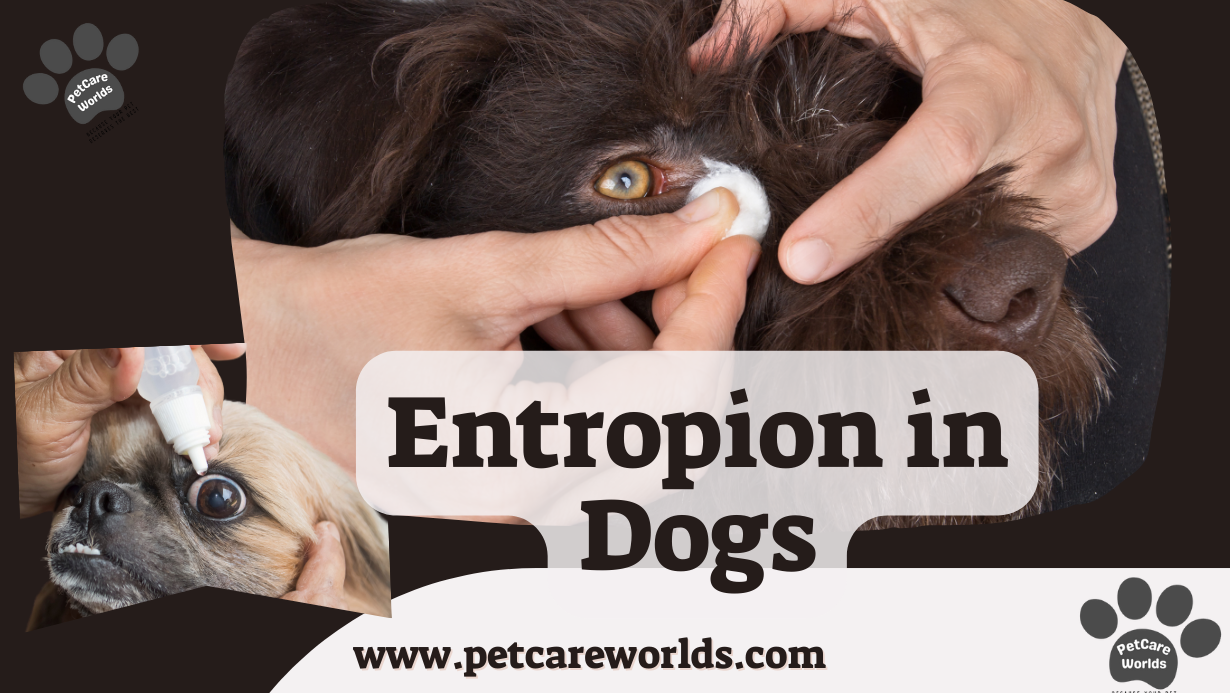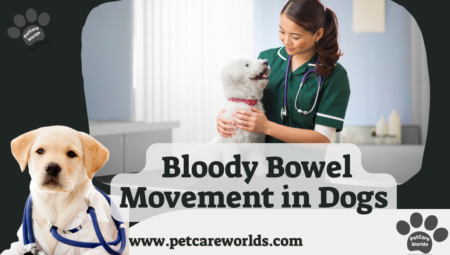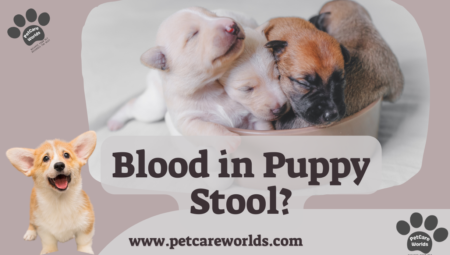Entropion in dogs is a condition that can cause significant discomfort and even lead to vision loss if not treated. Imagine the feeling of something constantly scratching your eye—that’s what dogs with this condition experience. Entropion occurs when the eyelid turns inward, causing the eyelashes to irritate the cornea. This painful condition is not only uncomfortable but can also result in serious eye damage if ignored. If you notice your dog squinting, tearing excessively, or rubbing their eyes, it might be time to pay attention. Let’s dive deeper into what entropion in dogs really is, its causes, symptoms, and how it can be treated effectively.
Entropion in Dogs: A Closer Look
Entropion is when a dog’s eyelid turns inward. This can lead to irritation and pain as the eyelashes scratch the cornea. It is more common in certain breeds, such as Shar Pei, Bulldogs, and Chow Chows. If not treated, it can cause serious eye damage. Here’s what you should know:
- Causes: Genetic factors, breed-specific traits, and even infections.
- Symptoms: Red eyes, excessive tearing, squinting, and rubbing the face.
- Treatment: Usually surgery or eye drops for mild cases.
Early treatment is key to preventing further damage to your dog’s eyes.
What is Entropion?
Entropion is a condition where the eyelids turn inward. This causes the eyelashes to rub against the cornea, leading to irritation. It’s not only uncomfortable but can also cause damage to the dog’s eyes if left untreated. Early detection and treatment are essential to prevent complications.
Definition of Entropion
Entropion occurs when the eyelids roll inward, causing the eyelashes to make contact with the cornea. This can lead to pain, redness, and even scarring of the eye surface. Over time, if untreated, it can result in vision loss. Entropion in dogs
Affected Breeds
Certain dog breeds are more prone to developing entropion. These breeds typically have a specific facial structure that increases the likelihood of eyelids turning inward. Some of the most affected breeds include: Entropion in dogs
- Shar Pei
- Bulldogs
- Chow Chows
- Rottweilers
- Cocker Spaniels
Symptoms of Entropion
Dogs with entropion often show signs of discomfort. It’s important to watch for any changes in their behavior or eye health. Common signs include:
- Redness in the eyes
- Excessive tearing
- Squinting or blinking more than usual
- Rubbing the eyes with paws or on furniture
Common Symptoms to Look Out For
If your dog is constantly rubbing their eyes or squinting, these are red flags. Additional symptoms to watch for are: Entropion in dogs
- Tearing or watery eyes
- Swollen eyelids or discharge around the eyes
- Sensitivity to light (photophobia)
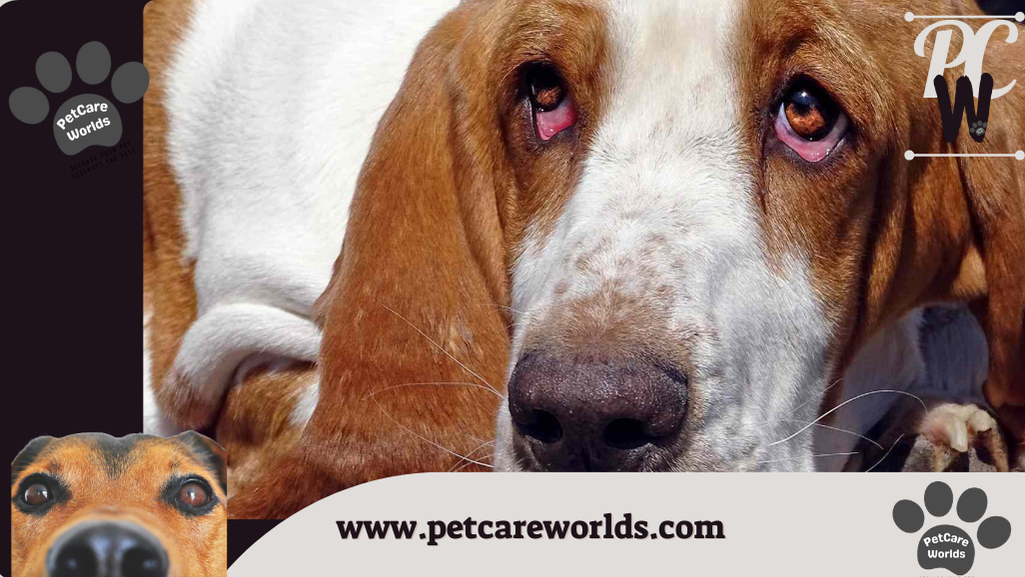
How Entropion Affects the Dog’s Eyes
When the eyelids turn inward, the eyelashes can scratch the cornea. This constant irritation can lead to:
- Corneal ulcers
- Scarring on the cornea
- Pigment changes in the eye
- Increased risk of infections due to compromised corneal protection
Untreated, this condition can result in a permanent decrease in vision, making it crucial to seek prompt treatment.
Causes of Entropion
Entropion can result from genetic factors or secondary causes. It’s important to understand the underlying reasons to effectively address the condition. The main causes include:
- Inherited traits (genetics)
- Infections that affect the eye area
- Weight loss or other health issues
Genetic Factors and Breed Predispositions
Some breeds are more likely to develop entropion due to their facial structure and genetic makeup. The condition is commonly inherited in breeds like: Entropion in dogs
- Shar Pei
- Chow Chow
- Bulldogs
- Rottweilers
- Cocker Spaniels
Secondary Causes (Infections, Weight Loss)
Certain health issues can cause entropion. These include:
- Infections around the eyes
- Weight loss leading to loose skin around the eyes
- Trauma or injury to the eye area
- Scar tissue affecting eyelid function
Diagnosis of Entropion
Proper diagnosis is crucial for effective treatment. A veterinarian will assess the dog’s eyes and behavior to confirm the condition. Entropion in dogs
How is Entropion Diagnosed?
Diagnosis involves a physical examination of the dog’s eyelids and eyes. The vet may perform tests such as:
- Fluorescein dye test to check for damage to the cornea
- Pupil response tests to assess vision
- Measuring eyelid position and the extent of inward rolling
Importance of Early Diagnosis
Early detection is vital to prevent long-term damage to the eye. If untreated, entropion can cause:
- Corneal ulcers
- Scarring
- Vision impairment
Timely treatment reduces the risk of these complications.
Treatment Options for Entropion
Several treatment methods can correct entropion and relieve symptoms. Depending on the severity, options include: Entropion in dogs
Surgical Intervention
Surgery is often the most effective treatment for correcting entropion. The procedure involves:
- Repositioning the eyelid
- Removing excess skin to reduce inward rolling
- In severe cases, eyelid reconstruction may be necessary
This treatment helps to prevent further eye damage. Entropion in dogs
Use of Eye Drops or Artificial Tears
In mild cases, eye drops or artificial tears can provide temporary relief. These lubricants help to:
- Moisten the eye
- Reduce irritation caused by rubbing eyelashes
- Prevent further damage to the cornea
However, these are not a permanent solution. Entropion in dogs
Post-Treatment Care
After treatment, it’s crucial to follow proper aftercare to ensure the dog’s recovery and avoid complications.
Aftercare Instructions for Your Dog
After surgery or treatment, follow these guidelines:
- Limit activity to prevent stress on the eyes
- Keep the dog’s eyes clean to prevent infection
- Administer prescribed medications, including pain relief and antibiotics
- Use an Elizabethan collar to prevent the dog from scratching or rubbing the eyes
Importance of Follow-Up Appointments
Regular follow-up visits are necessary to:
- Ensure proper healing
- Detect any complications early
- Adjust the treatment plan if needed
Prevention and Management
While entropion may be inherited, it can still be managed effectively. Prevention and long-term care play a key role in ensuring the dog’s eye health.
Preventing Entropion in At-Risk Breeds
For breeds with a genetic predisposition to entropion, preventive measures include:
- Regular eye checks by a vet
- Early intervention if signs of entropion appear
- Breeding carefully to reduce the risk of passing on genetic traits
Long-Term Management of Entropion
For dogs diagnosed with entropion, long-term management includes:
- Routine eye care, such as cleaning and moisturizing
- Monitoring for signs of infection or irritation
- Following the vet’s recommendations to maintain eye health
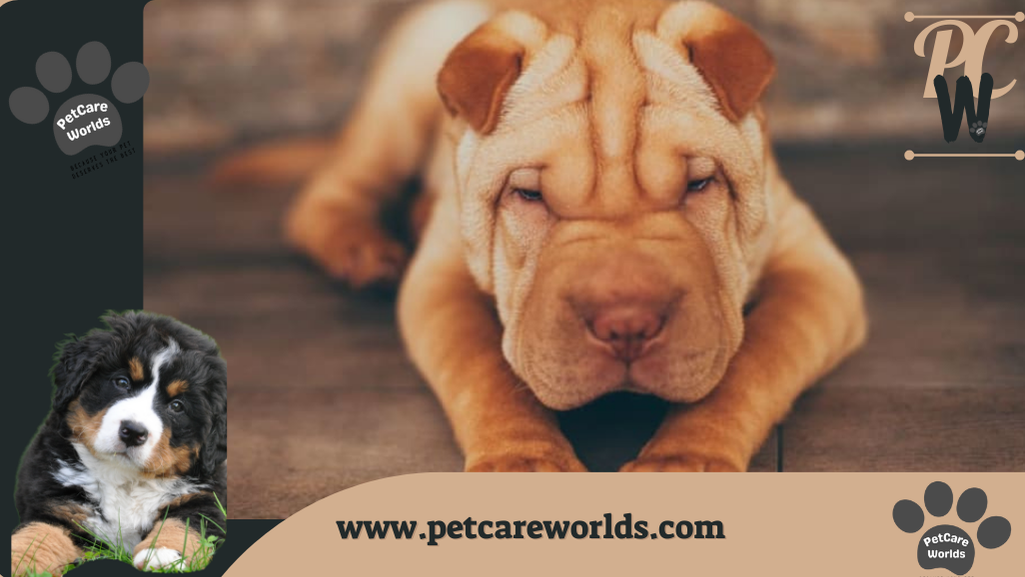
Entropion in Dogs Table
| Category | Details |
|---|---|
| Definition | A condition where the eyelid rolls inward, causing irritation. |
| Affected Breeds | Shar Pei, Chow Chow, Bulldogs, Rottweilers, Cocker Spaniels |
| Common Symptoms | Redness, watery eyes, squinting, pawing at the eyes, eye discharge |
| Causes | Genetic factors, infections, weight loss, injury, scarring |
| Diagnosis | Physical exam, fluorescein dye test, pupil response tests |
| Treatment Options | Surgery, eye drops, artificial tears, medication |
| Prevention | Regular eye checks, careful breeding, early treatment |
| Post-Treatment Care | Limited activity, eye cleaning, prescribed medications, follow-up visits |
“Early diagnosis and timely treatment are crucial in preventing serious eye damage in dogs with entropion.”
Entropion in Dogs – Frequently Asked Questions (FAQ)
1. What is entropion in dogs?
Entropion is a condition where the eyelid rolls inward, causing the eyelashes to rub against the cornea, leading to irritation, discomfort, and potential damage to the eye.
2. What causes entropion in dogs?
Entropion is primarily caused by genetic factors, especially in certain dog breeds. Other factors include infections, trauma, or weight loss that affects the muscles and tissues around the eyes.
3. Which breeds are most affected by entropion?
Breeds like Shar Pei, Bulldogs, Chow Chows, and Rottweilers are genetically predisposed to entropion. However, it can affect any breed, especially those with facial conformations that put stress on the eyelids.
4. How can I tell if my dog has entropion?
Common symptoms include watery eyes, squinting, eye redness, pawing at the eyes, and discharge. If you notice any of these signs, it’s important to see a vet for a diagnosis.
5. Is entropion treatable?
Yes, entropion is treatable. The most common treatment is surgical correction, but in mild cases, eye drops or artificial tears may help temporarily alleviate symptoms.
6. Can entropion cause blindness?
If untreated, entropion can lead to corneal damage, which may result in scarring and potential vision loss. Early treatment is essential to prevent long-term damage.
7. How is entropion diagnosed?
Diagnosis is typically done through a physical examination by a vet. Additional tests, such as a fluorescein dye test or pupil response tests, may also be conducted to assess the extent of the damage.
8. What should I expect after my dog undergoes surgery for entropion?
Post-surgery, your dog will need rest, eye cleaning, and possibly medications like eye drops. Follow-up visits to monitor recovery are crucial to ensure the eyelid heals properly.
9. Can entropion be prevented?
While entropion can be difficult to prevent, especially in genetically predisposed breeds, regular veterinary check-ups and early intervention can help manage and minimize risks.
10. Is there a way to manage entropion in dogs long-term?
Managing entropion long-term involves regular eye exams, proper care after treatment, and addressing any underlying health issues that may contribute to the condition. Regular vet visits and appropriate breeding practices can help reduce risks.
Conclusion
Entropion in dogs can cause significant eye discomfort if left untreated. Early diagnosis and treatment are key to ensuring your dog’s eye health and comfort.


